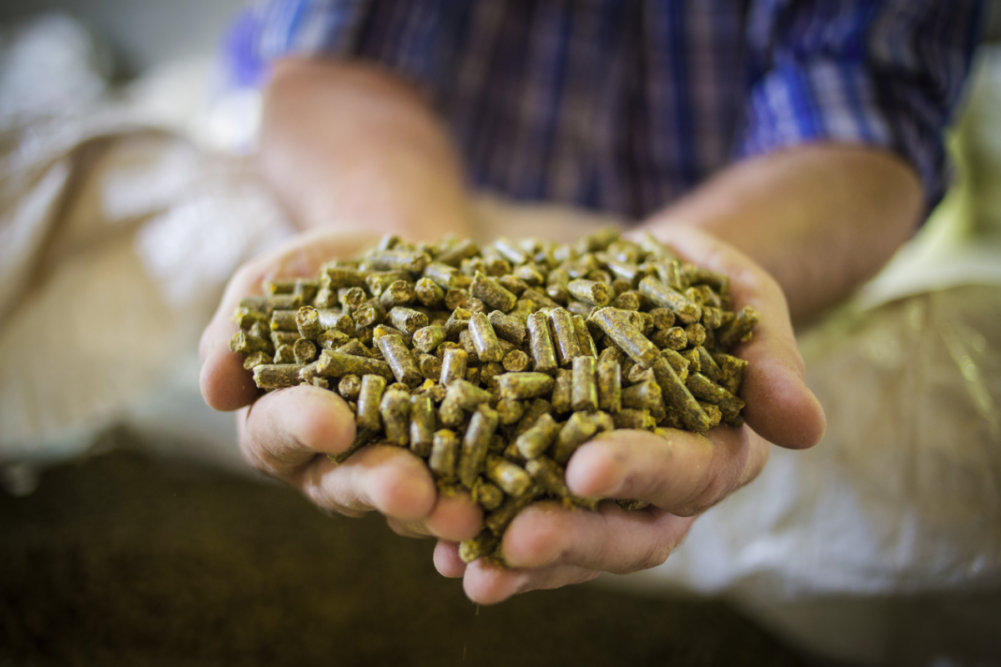ARLINGTON, VIRGINIA, US — The potential costs of increasing use of feed produced free from genetically modified (GM) ingredients would butt up against competing demands of rising food prices, greenhouse gas concerns and other environmental and sustainability goals, according to a new study spearheaded by the Institute for Feed Education and Research (IFEEDER).
Funded by IFEEDER, Dairy Management Inc., MFA Inc., the National Corn Growers Association, the US Poultry and Egg Association and other partners, researchers from Iowa State University and Decision Innovation Solutions, the study investigated the potential economic and environmental impacts that increasing GM-free feed production could have on farms, at grain elevators and in feed mills.
“The research found that fairly large-scale, systemic changes would be needed to accommodate increasing production of non-GM grain in grain handling, as handling two differentiated product streams deviates from the high-volume commodity system that has developed in the United States,” the study noted.
With the US adoption rate of GM seeds (over 92% for both corn and soybeans) and the on-farm benefits of GM traits (from reduced labor and fuel use to improved crop yields and soil health), a significant premium would be required to entice a farm’s return to non-GM seeds, the study found.
The study concludes that GM seed technology has environmental and economic benefits on the farm that non-GM seeds cannot yet meet. GM traits promote reduced tillage and fuel use, thus reducing overall costs and CO2 emissions. For grain handling and feed production, a GM-free product incurs potentially higher investments and costs to segregate non-GM grain and ingredients.
“For feed production, the ability to be part of a potentially expanding GM-free feed market has capital and operating cost considerations,” the study noted. “The ability to segregate to achieve desired AP (adventitious presence) tolerance levels is feasible, but the management requirements add a higher level of complexity unless the facility is solely dedicated to non-GM feed.”
To read the full report, click here.






